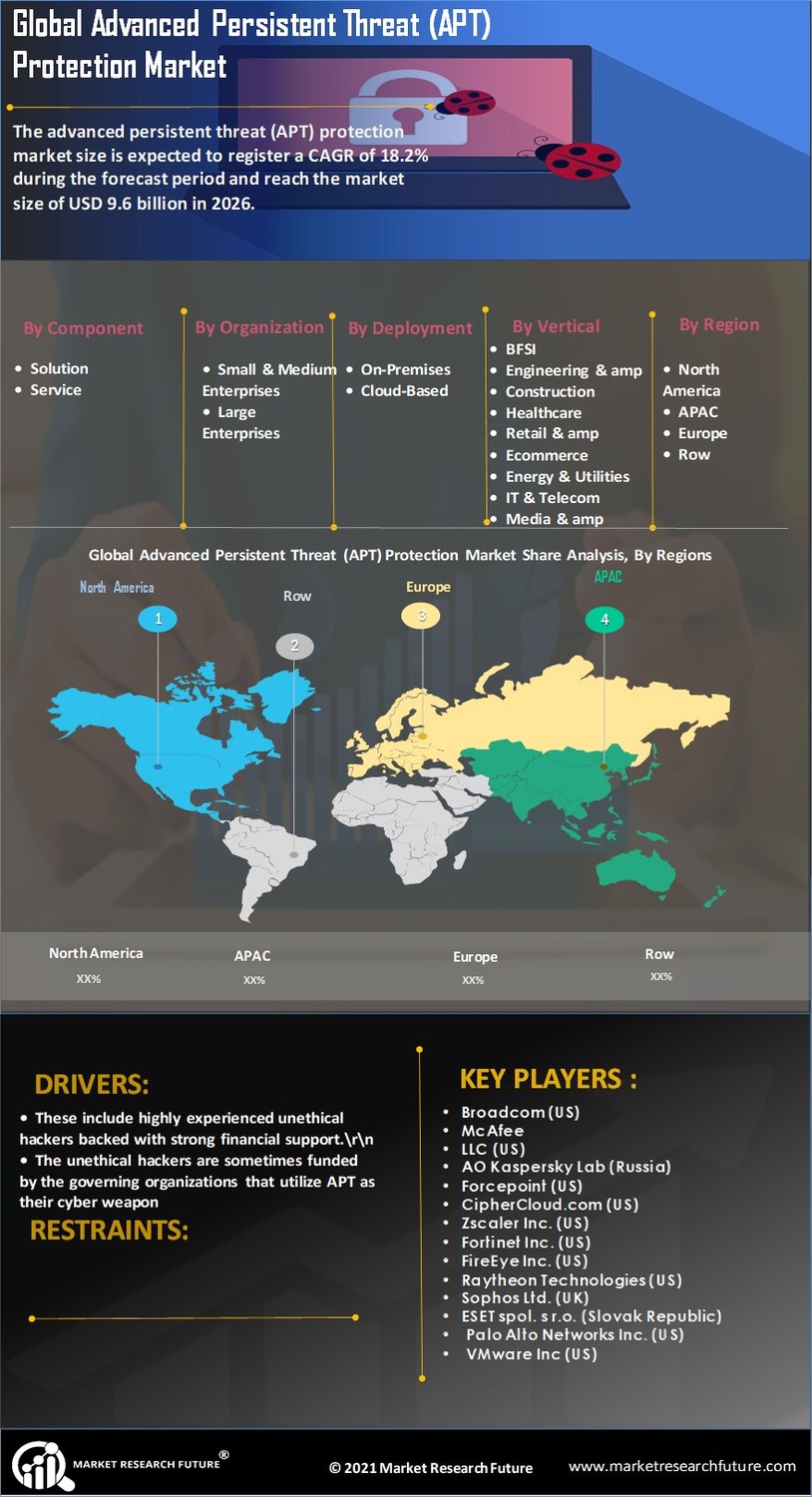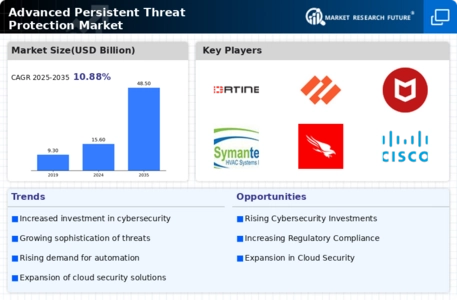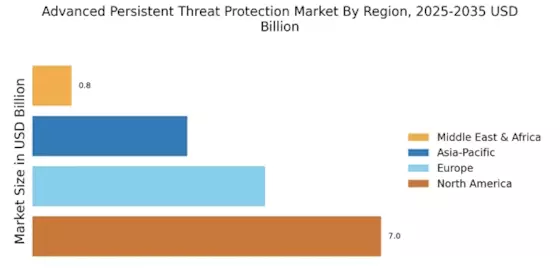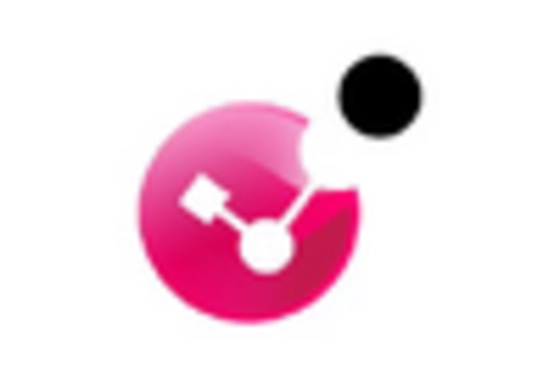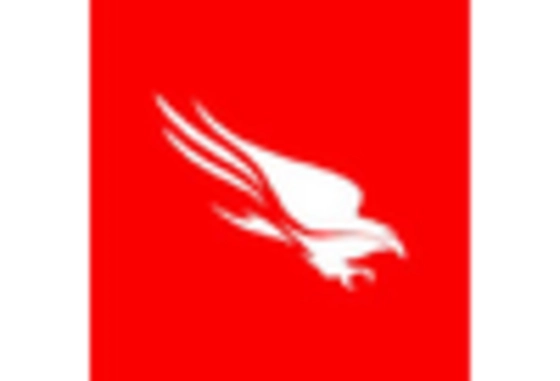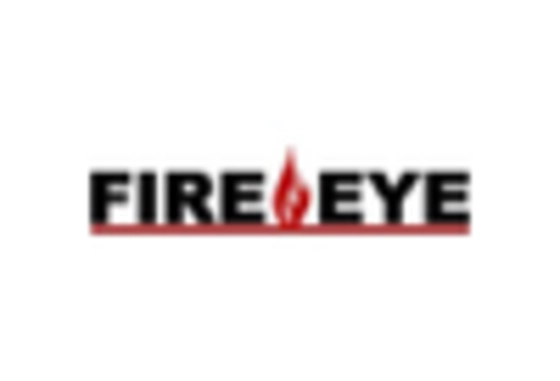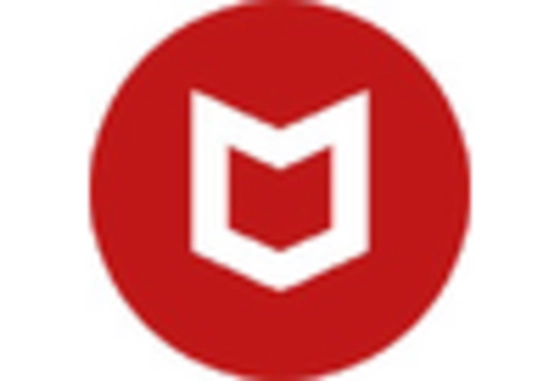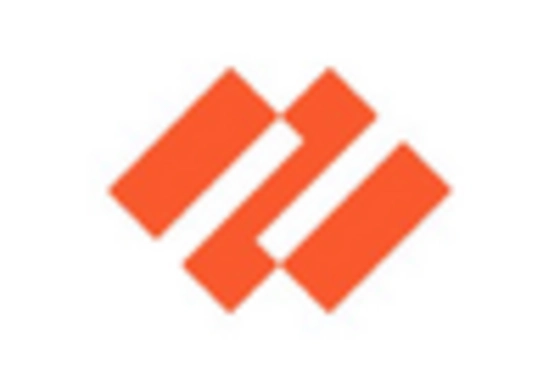Increasing Cybersecurity Threats
The Advanced Persistent Threat Protection Market is experiencing a surge in demand due to the escalating frequency and sophistication of cyber threats. Organizations are increasingly targeted by advanced persistent threats, which are characterized by their stealthy and prolonged nature. According to recent data, the number of reported cyber incidents has risen significantly, prompting businesses to invest heavily in advanced threat protection solutions. This trend is likely to continue as cybercriminals adopt more sophisticated techniques, making it imperative for organizations to enhance their security postures. The need for robust protection mechanisms is underscored by the potential financial and reputational damage that can result from successful attacks, thereby driving growth in the Advanced Persistent Threat Protection Market.
Adoption of Cloud-Based Solutions
The shift towards cloud computing is significantly impacting the Advanced Persistent Threat Protection Market. As organizations increasingly migrate their operations to the cloud, the need for advanced threat protection solutions tailored for cloud environments becomes paramount. Cloud-based services offer scalability and flexibility, but they also introduce unique security challenges that must be addressed. The market for cloud security solutions is projected to grow substantially, with estimates suggesting a compound annual growth rate (CAGR) of over 20% in the coming years. This trend indicates a growing recognition of the importance of advanced persistent threat protection in safeguarding cloud infrastructures, thereby driving demand within the Advanced Persistent Threat Protection Market.
Regulatory Compliance Requirements
The Advanced Persistent Threat Protection Market is also influenced by the increasing regulatory compliance requirements imposed on organizations across various sectors. Governments and regulatory bodies are enacting stringent data protection laws, necessitating that businesses implement effective cybersecurity measures. For instance, regulations such as the General Data Protection Regulation (GDPR) and the Health Insurance Portability and Accountability Act (HIPAA) mandate that organizations safeguard sensitive information against unauthorized access. Failure to comply with these regulations can result in hefty fines and legal repercussions, thereby incentivizing organizations to invest in advanced persistent threat protection solutions. This compliance-driven demand is expected to bolster the growth of the Advanced Persistent Threat Protection Market as organizations strive to meet regulatory standards.
Integration of Artificial Intelligence
The integration of artificial intelligence (AI) and machine learning technologies is transforming the Advanced Persistent Threat Protection Market. AI-driven solutions enable organizations to detect and respond to threats more efficiently by analyzing vast amounts of data in real-time. These technologies can identify patterns and anomalies that may indicate a potential attack, allowing for proactive measures to be taken. The market for AI in cybersecurity is expected to witness substantial growth, with projections indicating a significant increase in investment in AI-driven security solutions. This technological advancement is likely to enhance the effectiveness of advanced persistent threat protection, making it a critical driver of growth in the Advanced Persistent Threat Protection Market.
Rising Demand for Managed Security Services
The increasing complexity of cybersecurity threats has led to a rising demand for managed security services within the Advanced Persistent Threat Protection Market. Organizations are increasingly outsourcing their security needs to specialized providers who can offer expertise and resources that may not be available in-house. Managed security service providers (MSSPs) are equipped to deliver comprehensive threat protection solutions, including monitoring, detection, and response capabilities. This trend is expected to continue as businesses seek to enhance their security posture while managing costs. The growth of the managed security services market is indicative of the broader demand for advanced persistent threat protection solutions, further propelling the Advanced Persistent Threat Protection Market.
